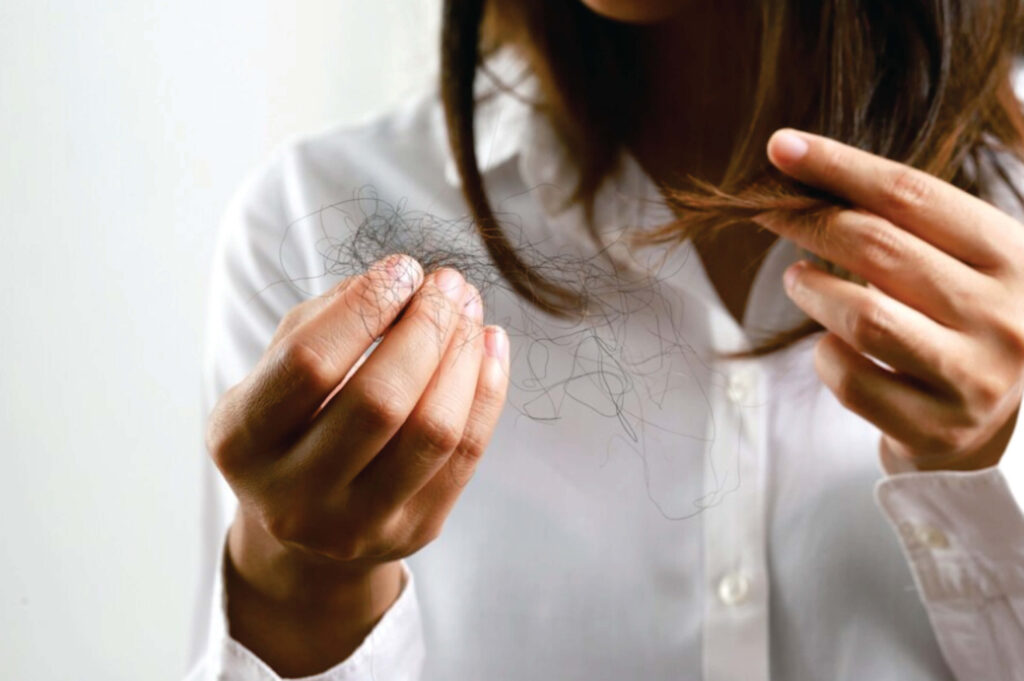Many people want to reduce beauty expenses, making DIY haircare a popular alternative. But does it truly save money? This article compares DIY and professional haircare costs while highlighting their long-term benefits.

The Cost of Professional Hair Products
Salon-quality products often come at a high price. Branding, marketing, and premium packaging increase costs. A bottle of professional shampoo may cost between $20 and $50. Deep-conditioning treatments and masks often exceed $30.
These products promise great results, but many contain synthetic additives. Some provide nourishment, while others only extend shelf life. Regular purchases make professional haircare an expensive habit.
I once believed salon products were essential for healthy hair. However, tracking my spending revealed that many contained fillers with little benefit. Switching to DIY treatments and select professional products helped me save money while keeping my hair in top condition.
How DIY Haircare Saves Money
DIY haircare offers an affordable alternative. Using ingredients like coconut oil, aloe vera, and essential oils delivers salon-like results at a fraction of the cost. A $10 jar of coconut oil lasts months, while a similar salon treatment may cost three times as much.
Many DIY recipes use household staples. Ingredients such as honey, yogurt, and apple cider vinegar are inexpensive and versatile. They replace the need for multiple specialized products, simplifying costs and routines.
The Upfront Costs of DIY Haircare
Starting with DIY haircare requires an initial investment in tools and ingredients. You may need mixing bowls, measuring spoons, and reusable containers. High-quality oils like argan oil and essential oils can be costly. A bottle of argan oil costs around $15 to $20, while essential oils range from $10 to $30.
Despite the upfront cost, these ingredients last a long time. Once you have the essentials, ongoing expenses decrease, making DIY haircare a cost-effective choice.
Long-Term Cost Comparison
DIY haircare offers noticeable savings compared to professional products:
- Professional Products: If you spend $30 on shampoo, conditioner, and treatments every three months, the annual cost is $360.
- DIY Haircare: A $10 jar of coconut oil, $15 bottle of argan oil, and $10 essential oil last a full year. Along with household ingredients, the total yearly cost can be as low as $50.
A study in Cosmetic Dermatology confirms the effectiveness of natural ingredients like coconut oil and aloe vera. These components nourish hair without the need for synthetic chemicals.
Customization: A Key Benefit of DIY Haircare
One advantage of DIY haircare is customization. Professional products target broad categories like «dry» or «oily» hair. DIY treatments allow you to adjust recipes based on seasonal changes or specific concerns.
In winter, adding extra moisture prevents dryness. In summer, using lighter oils helps maintain balance. This flexibility ensures your hair gets the right care without overspending on specialty products.
Ingredient Control and Hair Health
Another benefit of DIY haircare is controlling the ingredients. Many commercial products contain sulfates, parabens, and artificial fragrances. While these improve texture and extend shelf life, they may not always promote hair health.
DIY methods allow you to select nourishing, natural components. Research in The International Journal of Trichology found that coconut oil deeply penetrates the hair shaft. It prevents protein loss better than many synthetic alternatives.
Since switching to DIY treatments, my hair feels softer and looks healthier. Cutting out sulfates and artificial additives has reduced dryness and breakage.
When Professional Products Are Worth the Cost
Despite DIY benefits, professional products still have value. If you have a medical condition like scalp psoriasis, dermatologist-recommended treatments may be necessary. Some salon treatments also provide results that DIY options can’t replicate.
A balanced approach works best. I still use a high-quality heat protectant but pair it with DIY deep-conditioning masks. Adding treatments like avocado and honey masks has nourished my hair without added expense. This mix lets me achieve great results while enjoying the process of creating my own products.
Maximizing DIY Haircare Savings
To save money and get the best results, follow these tips:
- Start Simple – Use basic, multi-purpose ingredients like coconut oil and aloe vera.
- Buy in Bulk – Larger quantities of oils and containers lower long-term costs.
- Reuse Containers – Repurpose old jars and bottles for DIY mixtures.
- Test Small Batches – Try new recipes in small amounts to avoid waste.
- Track Spending – Compare DIY costs to professional products to measure savings.
Using natural ingredients and simple tools helps reduce costs while improving hair health. Whether you choose a fully DIY routine or combine it with professional products, this method provides flexibility and efficiency.
DIY haircare is an effective way to reduce beauty expenses while maintaining healthy, vibrant hair. The savings over time are significant, and customization allows for targeted treatments.
Professional products have their place, but they aren’t always necessary. Adding DIY methods to your routine can achieve salon-quality results at a fraction of the cost. With patience and creativity, you can maintain strong, nourished hair without overspending.
How to Choose the Right Ingredients for Hair Care: A Guide to Oils, Proteins, and Plant Extracts
Caring for Damaged Hair: Masks and Conditioners to Restore Strength and Shine
DHT and Testosterone: Understanding Their Impact on Health

I’m Victoria, the creator behind Eva My Balance. Passionate about beauty, wellness, sustainable living, and mindful self-care. My mission is to inspire you to live consciously and beautifully—inside and out.


